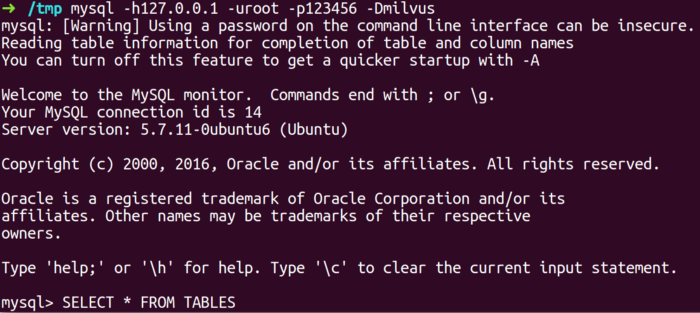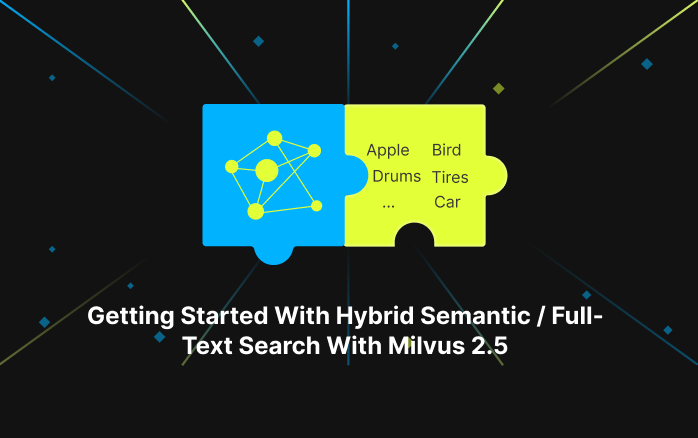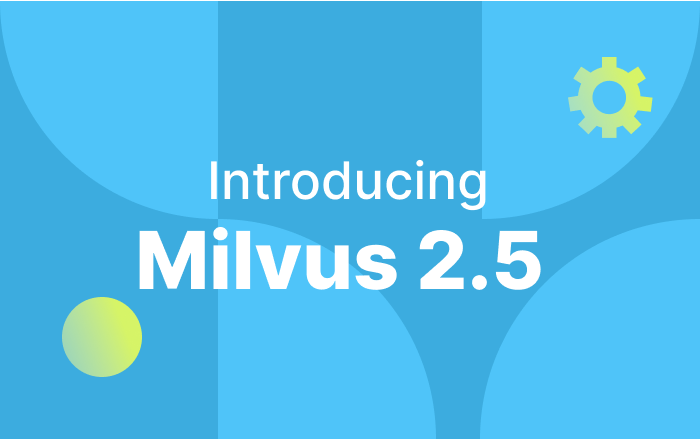Milvus Metadata Management (1)
We introduced some information about metadata in Managing Data in Massive-Scale Vector Search Engine. This article mainly shows how to view the metadata of Milvus.
Milvus supports metadata storage in SQLite or MySQL. There’s a parameter backend_url (in the configuration file server_config.yaml) by which you can specify if to use SQLite or MySQL to manage your metadata.
SQLite
If SQLite is used, a meta.sqlite file will be generated in the data directory (defined in the primary_path of the configuration file server_config.yaml) after Milvus is started. To view the file, you only need to install a SQLite client.
Install SQLite3 from the command line:
sudo apt-get install sqlite3
Then enter the Milvus data directory, and open the meta file using SQLite3:
sqlite3 meta.sqlite
Now, you’ve already entered the SQLite client command line. Just use a few commands to see what is in the metadata.
To make the printed results typeset easier for humans to read:
. mode column
. header on
To query Tables and TableFiles using SQL statements (case-insensitive):
SELECT * FROM Tables
SELECT * FROM TableFiles
 1-use-sql-lite.png
1-use-sql-lite.png
MySQL
If you are using MySQL, you need to specify the address of the MySQL service in the backend_url of the configuration file server_config.yaml.
For example, the following settings indicate that the MySQL service is deployed locally, with port ‘3306’, user name ‘root’, password ‘123456’, and database name ‘milvus’:
db_config:
backend_url: mysql://root:123456@127.0.0.1:3306/milvus
First of all, install MySQL client:
sudo apt-get install default-mysql-client
After Milvus is started, two tables (Tables and TableFiles) will be created in the MySQL service specified by backend_url.
Use the following command to connect to MySQL service:
mysql -h127.0.0.1 -uroot -p123456 -Dmilvus
Now, you can use SQL statements to query metadata information:
 2-my-sql-view-meta-data.png
2-my-sql-view-meta-data.png
What’s coming next
Next articles will introduce in details the schema of metadata tables. Stay tuned!
Any questions, welcome to join our Slack channel or file an issue in the repo.
GitHub repo: https://github.com/milvus-io/milvus
If you like this article or find it useful, don’t forget to clap!
- SQLite
- MySQL
- What’s coming next
On This Page
Try Managed Milvus for Free
Zilliz Cloud is hassle-free, powered by Milvus and 10x faster.
Get StartedLike the article? Spread the word



